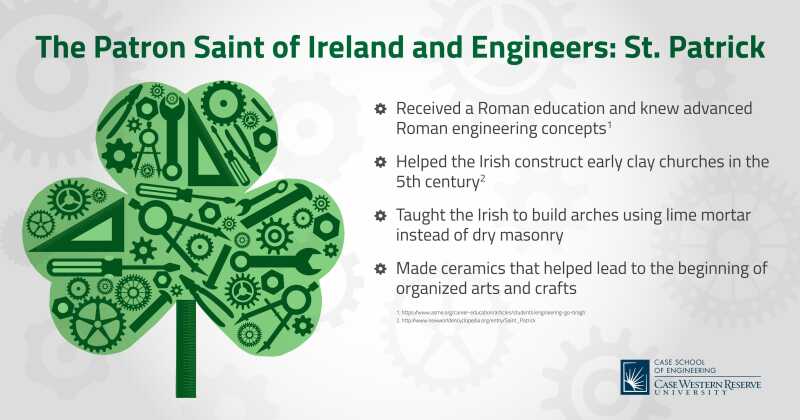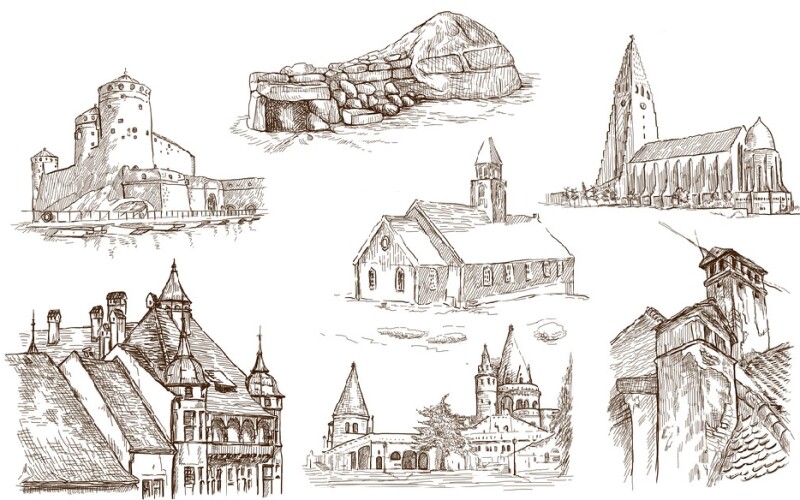When you think of St. Patrick’s Day, you probably think of crowds of jovial people wearing green. It’s a day when even those who have even the smallest drop of Irish blood seem to develop an unmistakable brogue.
However, despite the revelry and the abundance of green that comes every March 17, there is actually a more serious reason for celebrating St. Patrick. Sure, we all might have heard about the driving of the snakes out of Ireland, but did you know that St. Patrick is also considered the patron saint of engineers?

Who Was St. Patrick?
The actual details of St. Patrick’s life are somewhat murky—and over several thousand years of retelling, the details have undoubtedly been embellished or forgotten. But the most accepted version of events is that the man who was to become St. Patrick was born in what is now Scotland in the late fourth century AD. His father was a deacon in the Christian church, which at that time was widely accepted throughout Britain.
In his adult life, St. Patrick worked to spread Christianity throughout the British Isles. As part of this mission, he built churches—including the first churches in Ireland, as a matter of fact. Before his arrival in Ireland, builders used a dry masonry technique that involved stacking flat stones on top of each other, gradually overlapping the stones to enclose the walls.1 St. Patrick, however, was familiar with more Romanized forms of architecture, including the use of lime mortar. It’s also believed that he introduced the concept of arches to Irish builders, giving them the knowledge they needed to build the traditional stone churches that still dot the Irish countryside today. Because of this, the Catholic church has deemed him the patron saint of engineers.
Celebrating St. Patrick, the Engineer
St. Patrick is usually represented in imagery with a serpent or snakes around his feet, referring to the legend of his driving the snakes out of Ireland with his shillelagh, a type of cane, as punishment for attacking him during a fast. Typically, his role in engineering and modernizing building methods isn’t celebrated on St. Patrick’s Day. At some engineering-focused academic institutions, however, his engineering legacy lives on. At Missouri University of Science and Technology, for instance, self-styled “Knights of St. Patrick” among the engineering faculty are well-known for celebrating his accomplishments through a series of traditions during the week of St. Patrick’s Day.2
So, the next time you don your finest green attire in honor of St. Patrick, give a nod to his engineering accomplishments as well.
If you are interested in following in the engineering footsteps of the most famous Irish saint, learn more about Case Western Reserve University’s online master’s programs in engineering.
Sources
- Retrieved on April 19, 2018, from blog.cloudcalc.com/2016/03/15/saint-patrick-structural-engineer
- Retrieved on April 19, 2018, from asme.org/career-education/articles/students/engineering-go-bragh

